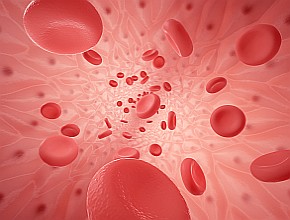Full article
A PDF of the full version of the article, published in Polish Archives of Internal Medicine, can be accessed free of charge here.
Abstract
Humans, like other species that reproduce sexually, originate from a fertilized oocyte (zygote), which is a totipotent stem cell giving rise to an adult organism. During the process of embryogenesis, stem cells at different levels of the developmental hierarchy establish all 3 germ layers and give rise to tissue-committed stem cells, which are responsible for rejuvenation of a given tissue or organ. The robustness of the stem cell compartment is one of the major factors that directly impact life quality as well as lifespan.
Stem cells continuously replace cells and tissues that are used up during life; however, this replacement occurs at a different pace in various organs. The rapidly developing field of regenerative medicine is taking advantage of these physiological properties of stem cells and is attempting to employ them in clinical settings to regenerate damaged organs (eg, the heart, liver, or bone). For this purpose, the stem cells most successfully employed so far are adult tissue-derived stem cells isolated mainly from bone marrow, mobilized peripheral blood, umbilical cord blood, fat tissue, and even myocardial biopsies. At the same time, attempts to employ embryonic stem cells and induced pluripotent stem cells in the clinic have failed due to their genomic instability and the risk of tumor formation.
In this review, we will discuss the various potential sources of stem cells that are currently employed in regenerative medicine and the mechanisms that explain their beneficial effects. We will also highlight the preliminary results of clinical trials as well as the emerging problems relating to stem cell therapies in cardiology.
 English
English
 Español
Español
 українська
українська





